Rising Awareness and Education
Increased awareness and education regarding heart health are significantly influencing the Pacemaker Devices Market. Public health campaigns and educational initiatives are informing patients about the symptoms of cardiac issues and the benefits of pacemaker devices. This heightened awareness is leading to earlier diagnosis and treatment, which is crucial for improving patient outcomes. Furthermore, healthcare professionals are increasingly advocating for the use of pacemakers in appropriate patient populations, thereby driving demand. As a result, the market is expected to expand as more individuals seek medical intervention for heart-related conditions, ultimately contributing to the growth of the pacemaker devices sector.
Regulatory Support and Approvals
The Pacemaker Devices Market is benefiting from favorable regulatory support and streamlined approval processes. Regulatory bodies are increasingly recognizing the importance of innovative cardiac devices and are working to expedite the approval of new technologies. This trend is particularly evident in the approval of next-generation pacemakers that offer enhanced features and improved patient outcomes. The faster approval timelines not only encourage manufacturers to invest in research and development but also facilitate quicker access to life-saving devices for patients. As a result, the market is likely to see an influx of new products, further driving competition and innovation within the pacemaker devices sector.
Increasing Prevalence of Cardiac Disorders
The rising incidence of cardiac disorders is a critical driver for the Pacemaker Devices Market. Conditions such as arrhythmias and heart block are becoming more prevalent, particularly among older adults. As the population ages, the demand for pacemaker devices is expected to surge. Recent statistics indicate that nearly 1 in 4 adults over the age of 65 may require some form of cardiac intervention, including pacemaker implantation. This trend underscores the necessity for healthcare systems to adapt and invest in advanced pacemaker technologies to meet the growing needs of patients. Consequently, the market is likely to witness sustained growth as healthcare providers seek to enhance patient care through innovative pacemaker solutions.
Growing Investment in Healthcare Infrastructure
Investment in healthcare infrastructure is a pivotal driver for the Pacemaker Devices Market. As countries continue to enhance their healthcare systems, there is a corresponding increase in the availability of advanced medical technologies, including pacemaker devices. Governments and private entities are allocating substantial resources to improve cardiac care facilities, which is essential for the effective implementation of pacemaker technologies. This investment is expected to lead to improved access to cardiac care, particularly in underserved regions. Consequently, the market is poised for growth as healthcare providers expand their capabilities to offer advanced pacemaker solutions to a broader patient population.
Technological Advancements in Pacemaker Devices
The Pacemaker Devices Market is experiencing a notable transformation due to rapid technological advancements. Innovations such as leadless pacemakers and MRI-compatible devices are enhancing patient outcomes and expanding treatment options. The integration of remote monitoring technologies allows healthcare providers to track patient data in real-time, potentially reducing hospital visits and improving overall care. According to recent data, the market for advanced pacemaker technologies is projected to grow at a compound annual growth rate of approximately 8% over the next five years. This growth is driven by the increasing demand for minimally invasive procedures and the rising prevalence of cardiac disorders, which necessitate the adoption of advanced pacemaker solutions.


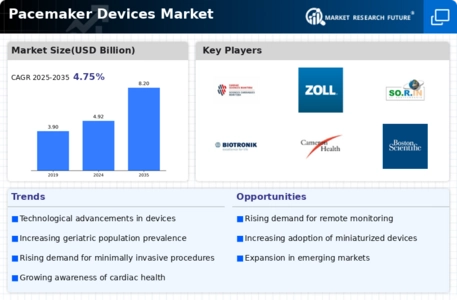
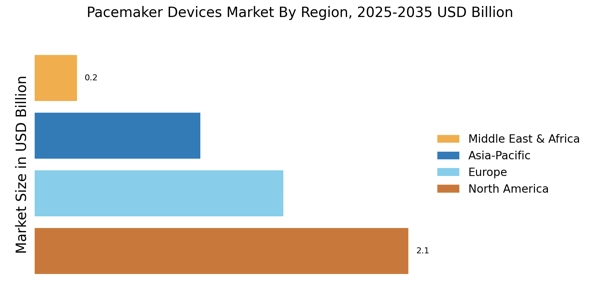
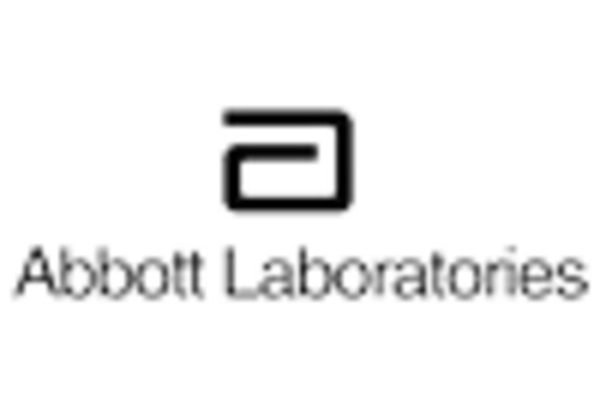
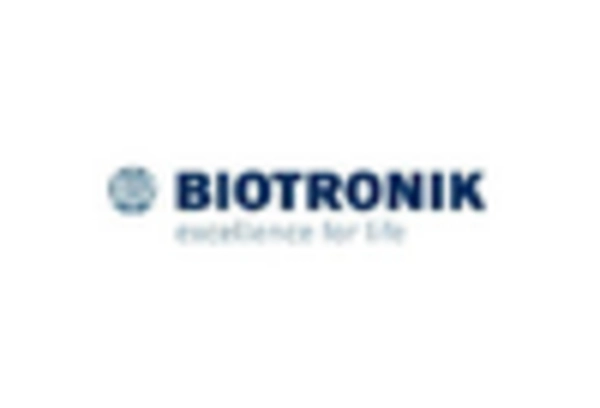


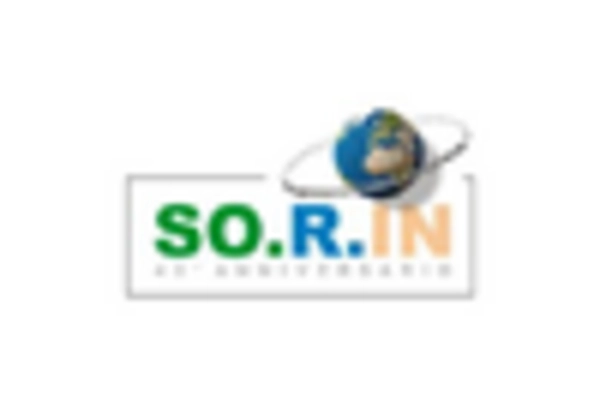
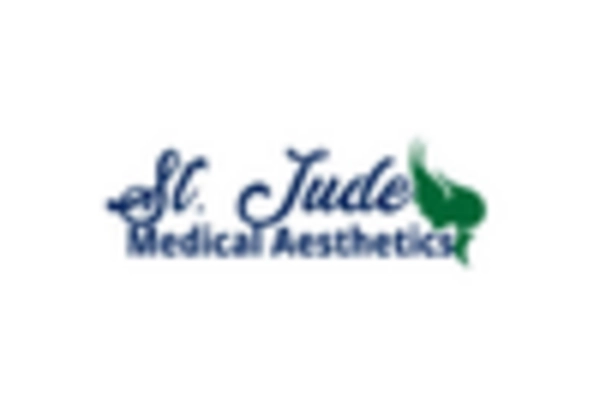








Leave a Comment